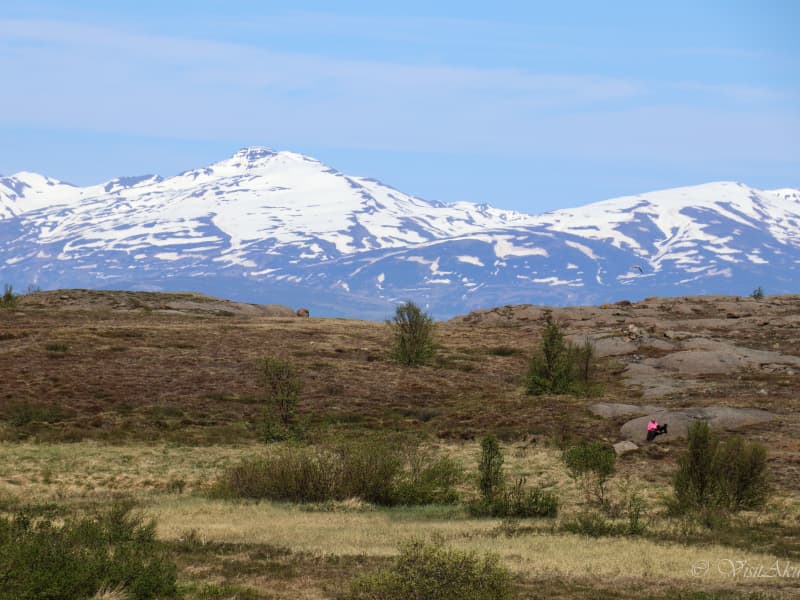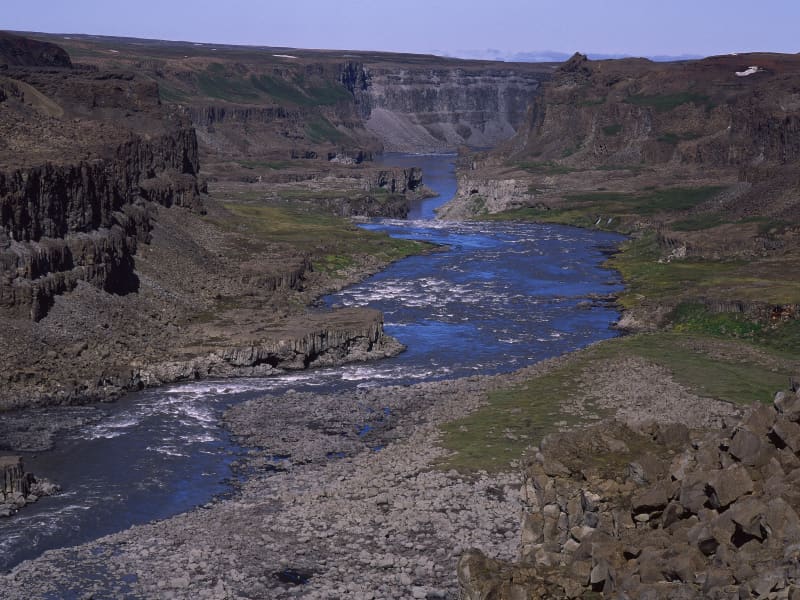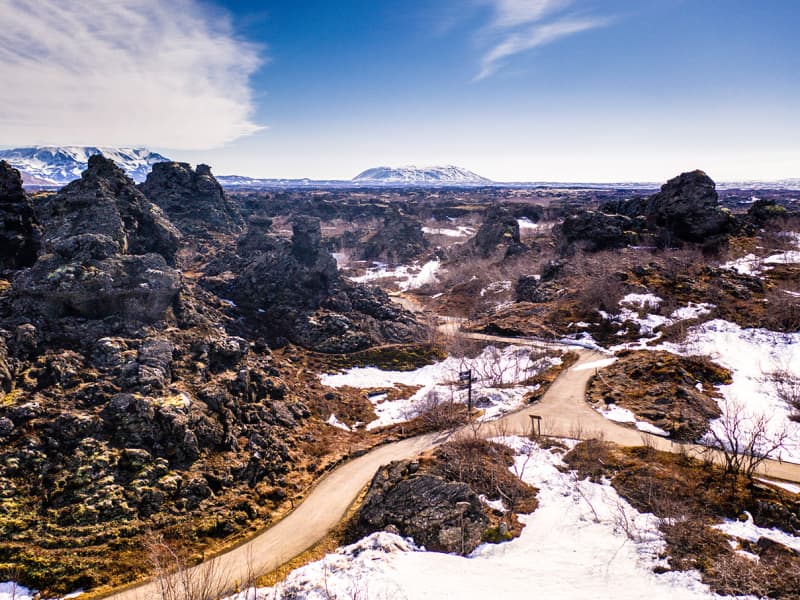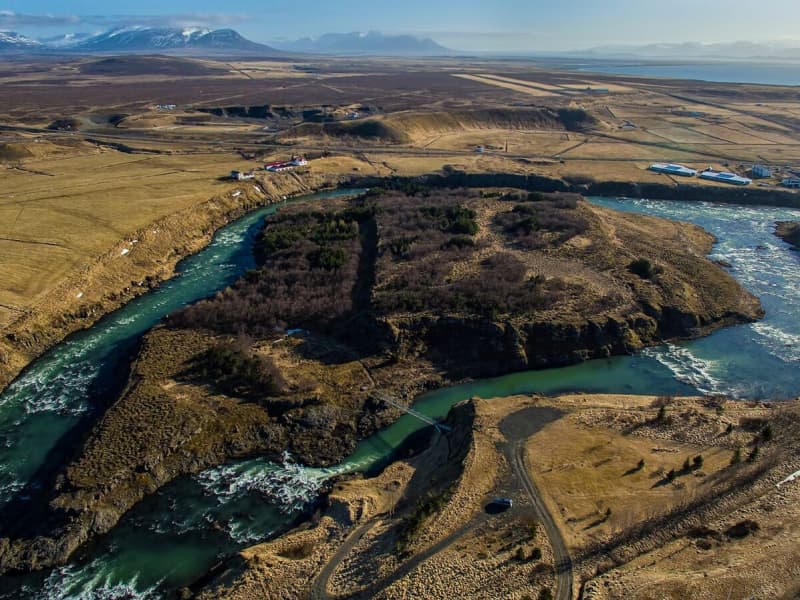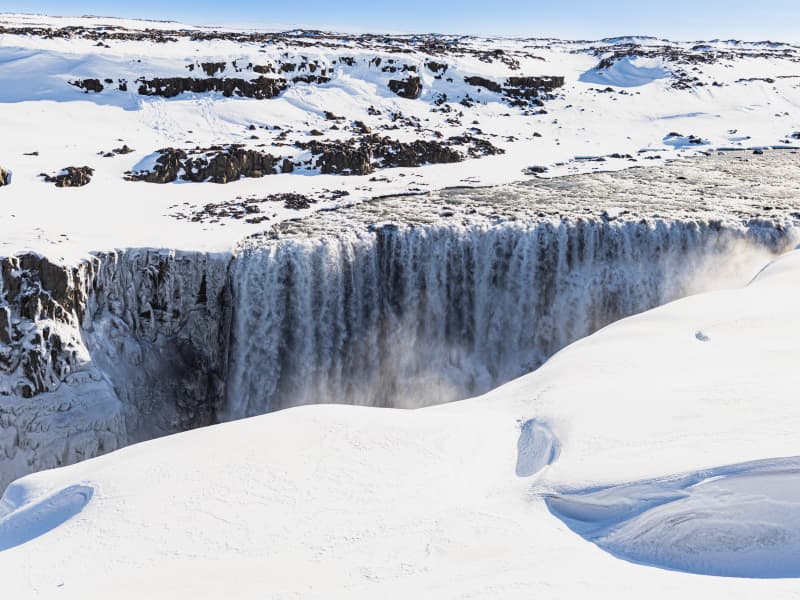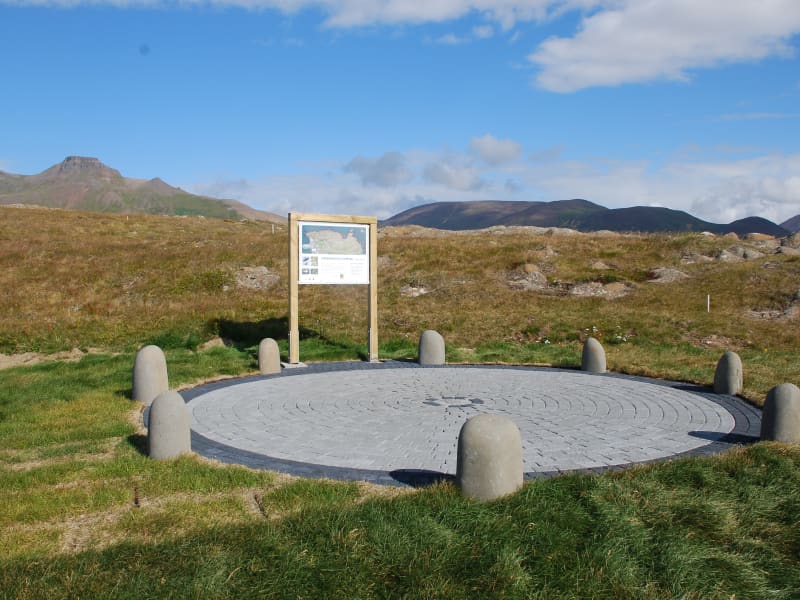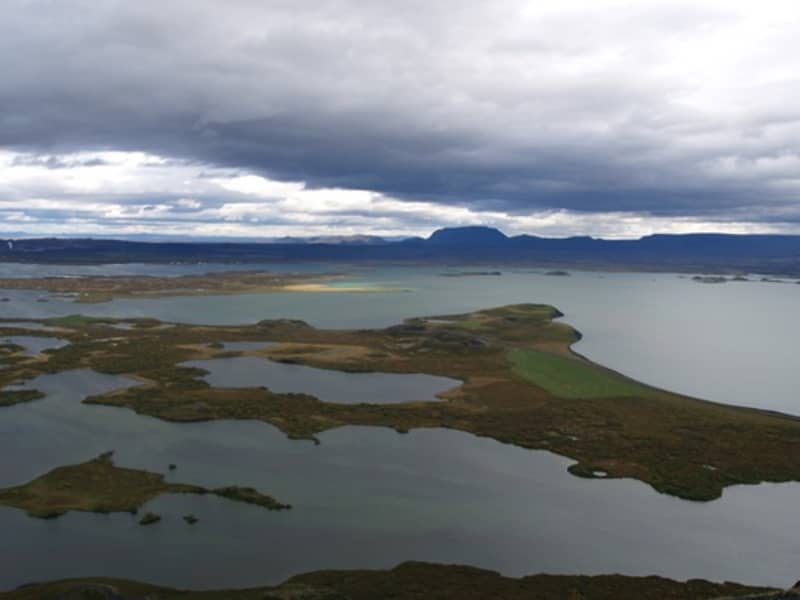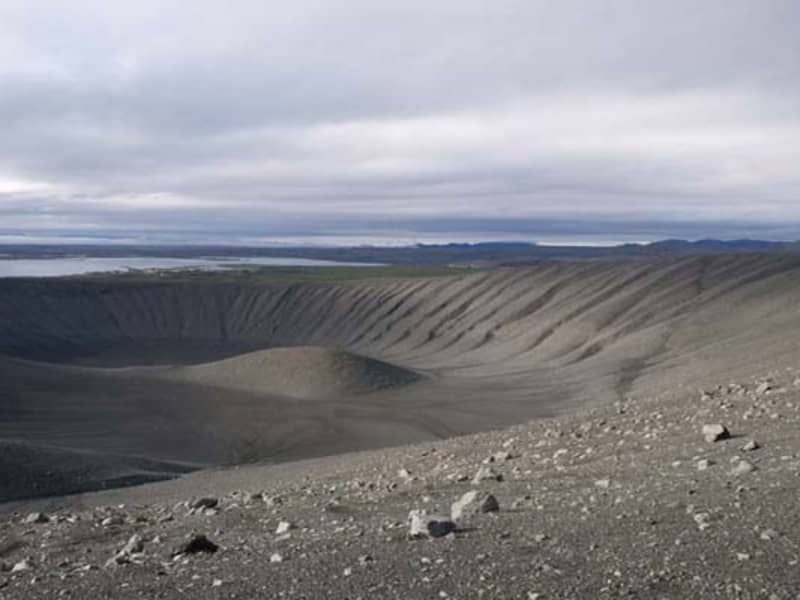Krossanesborgir
Krossanesborgir is a nature reserve north of Akureyri, that allows you for a soft walk by the sea, and chances for bird watching in summer. Popular among locals for berry picking in autumn.
View
Or try searching by Category and/or Location
National parks and protected areas, guarantee our and future generations the right to enjoy untouched nature.
